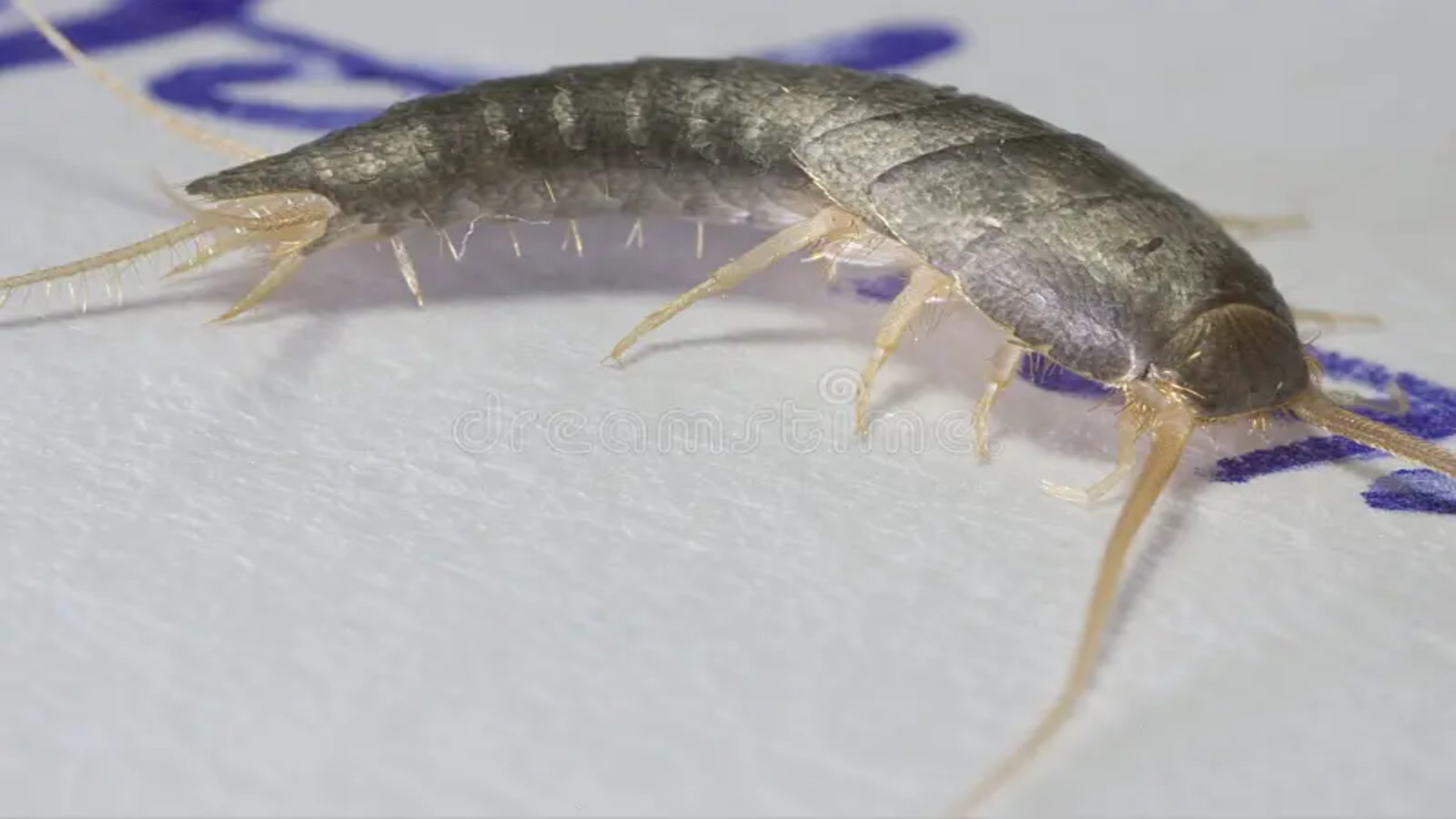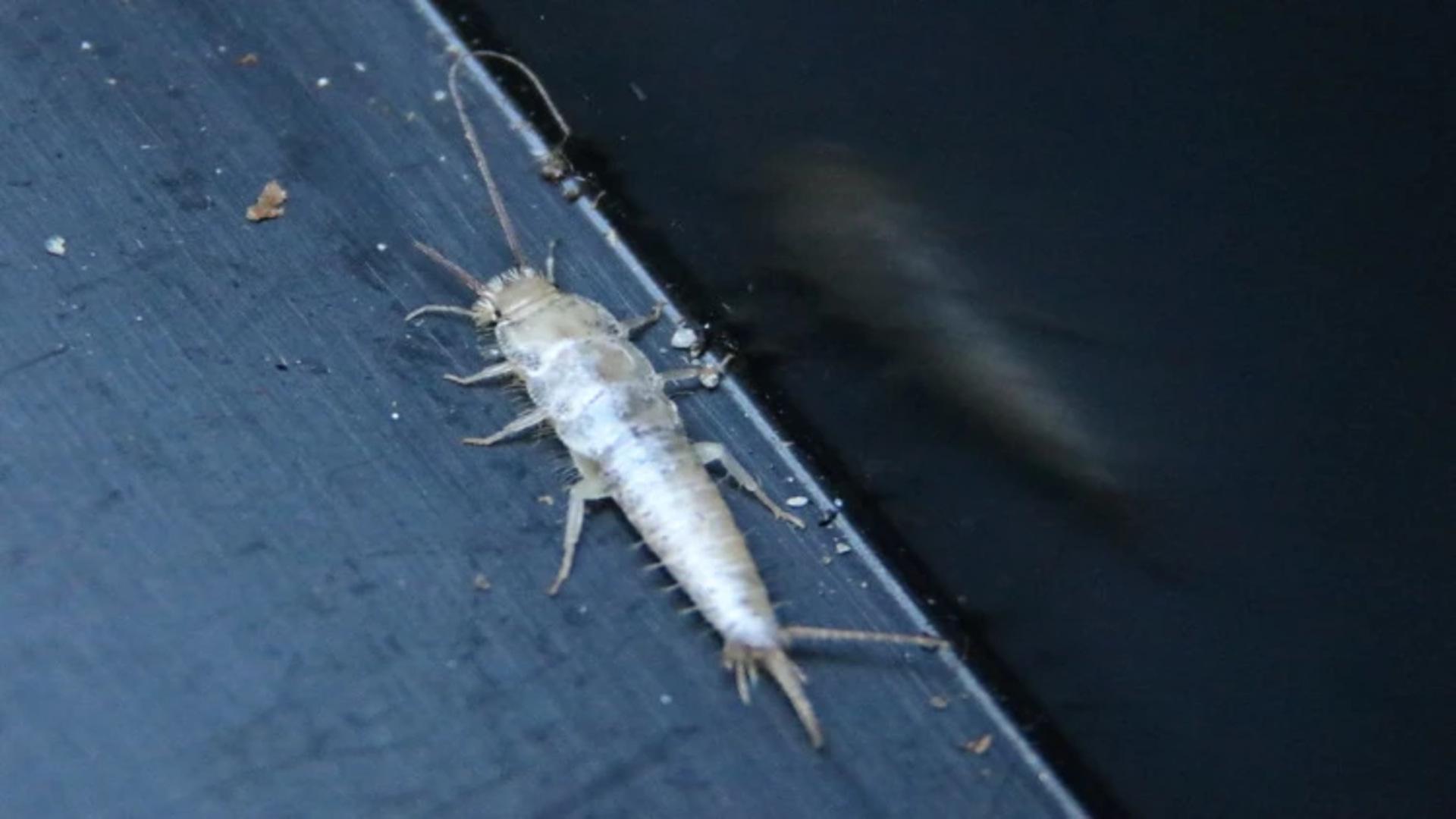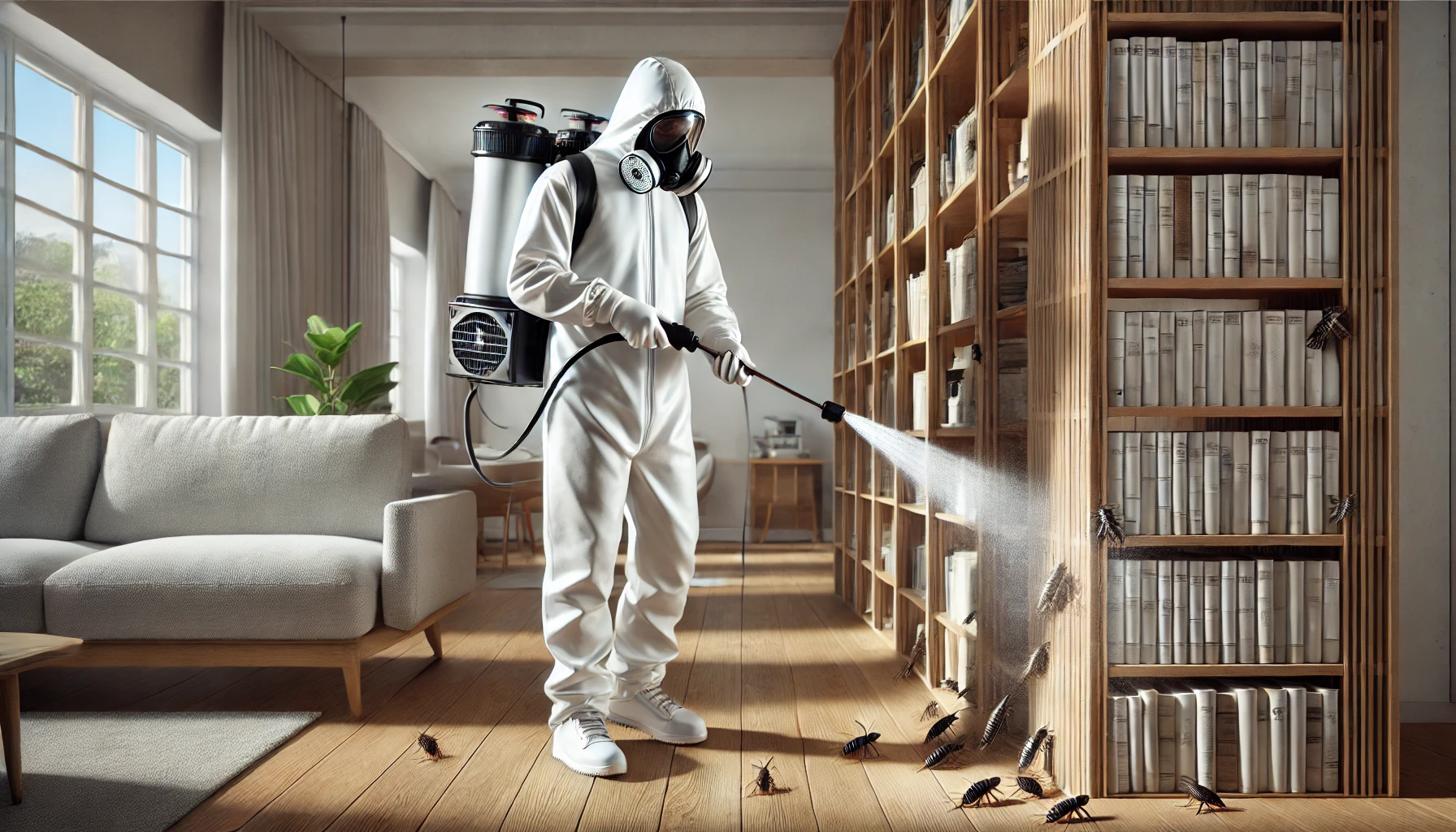Key Takeaways
- Silverfish thrive in humid, dark environments.
- They feed on paper, fabrics, and pantry goods.
- Professional exterminators use insecticides, baits, and moisture control.
- Sealing cracks prevents silverfish from entering homes.
- Regular cleaning and dehumidification help prevent infestations.
 Silverfish are elusive, fast-moving pests that can cause significant damage to your books, papers, clothing, and even pantry goods. While they bite or spread disease, their presence can be unsettling, and infestations can grow quickly if left untreated. If you’ve spotted silverfish in your home, a professional exterminator can provide a comprehensive solution. This guide explains how exterminators get rid of silverfish, what methods they use, and how you can prevent future infestations.
Silverfish are elusive, fast-moving pests that can cause significant damage to your books, papers, clothing, and even pantry goods. While they bite or spread disease, their presence can be unsettling, and infestations can grow quickly if left untreated. If you’ve spotted silverfish in your home, a professional exterminator can provide a comprehensive solution. This guide explains how exterminators get rid of silverfish, what methods they use, and how you can prevent future infestations.
Why Do Silverfish Infest Homes?
Before tackling an infestation, it’s essential to understand what attracts silverfish to your home. These pests are usually on their way to seek environments which provide them with three main necessities:1. Moisture
Silverfish often grow in humid conditions, which are often found in:- Bathrooms
- Basements
- Attics
- Kitchens
2. Food Sources
Silverfish feed on a variety of starchy and sugary materials, which include:- Paper, books, and wallpaper glue
- Apparel and fabrics (especially which are made from cotton, linen, and silk)
- Dry food which are stored in pantries (such as flour, cereals, and pasta)
3. Dark, Hidden Spaces
As nocturnal creatures, silverfish prefer to hide in:- Cracks and crevices
- Cluttered storage areas
- Behind furniture and baseboards


Not getting a solution?
Get your free pest control estimate today!Professional Methods for Eliminating Silverfish
Pest Control experts use a multi-step approach to get rid of silverfish, making sure that your home is fully protected for long term. Here’s what one can expect in return during a pest control visit:1. Inspection and Assessment
A highly professional exterminator starts by conducting a inspection of your home. This step helps him to identify certain aspects:- Areas of high silverfish activity
- Moisture sources contributing to the infestation
- Potential entry points such as cracks and gaps
2. Targeted Insecticide Treatments
Pest control professionals use specialized insecticides to target silverfish in areas where they hide and breed. Common treatments include:- Residual Insecticide Sprays – Applied to baseboards, cracks, and crevices to kill silverfish on contact and provide lasting protection.
- Dust Insecticides (Boric Acid, Diatomaceous Earth) – Used in voids, attics, and behind appliances, these powders dehydrate and kill silverfish over time.
- Baits and Traps – Gel-based baits attract and poison silverfish, helping to reduce populations gradually.
3. Moisture Control and Environmental Modifications
Since silverfish thrive in humid conditions, exterminators will often recommend or implement moisture control strategies such as:- Repairing leaky pipes and addressing water damage
- Installing dehumidifiers in damp areas
- Improving ventilation in bathrooms, kitchens, and basements
4. Sealing Entry Points
To prevent new silverfish from entering, exterminators may seal gaps and cracks around your home. Common sealing techniques include:- Caulking small cracks and holes in walls and baseboards
- Installing weather stripping around doors and windows
- Sealing openings around plumbing fixtures
5. Follow-Up Inspections and Treatments
Severe silverfish infestations may require multiple treatments. Many pest control services offer follow-up visits which ensures that the infestation is fully removed and to apply additional treatments if needed.
How to Prevent Silverfish Infestations
After taking a professional treatment, taking preventive measures is an important step to ensure silverfish don’t return. Here’s what you can do to keep them out for good:Silverfish Prevention Tips
-
Reduce Humidity Levels: Use dehumidifiers in damp areas like basements and attics. Improve ventilation by running exhaust fans in bathrooms and kitchens. Fix leaks and condensation issues promptly to eliminate moisture sources.
-
Declutter and Store Items Properly: Keep books, papers, and clothing in sealed plastic containers to protect them from silverfish damage. Regularly clean and organize storage areas to prevent clutter, which can attract pests. Dispose of or recycle old newspapers, cardboard boxes, and magazines to remove potential nesting spots.
-
Seal Cracks and Crevices: Inspect and seal gaps in walls, floors, and ceilings. Use caulk to close openings around plumbing and wiring. Install weather stripping on doors and windows.
-
Eliminate Food Sources: Store pantry items in airtight containers. Keep your home clean and free of food crumbs. Vacuum regularly to remove dust, hair, and other debris silverfish feed on.
 If you feel things have gone out of control, it is advised to contact pest control professionals. Our team can provide a customized approach to protect your home effectively.
Visit our Species, Control, and DIY Guide sections for additional resources on silverfish and ways to tackle a silverfish infestation.
If you feel things have gone out of control, it is advised to contact pest control professionals. Our team can provide a customized approach to protect your home effectively.
Visit our Species, Control, and DIY Guide sections for additional resources on silverfish and ways to tackle a silverfish infestation.





